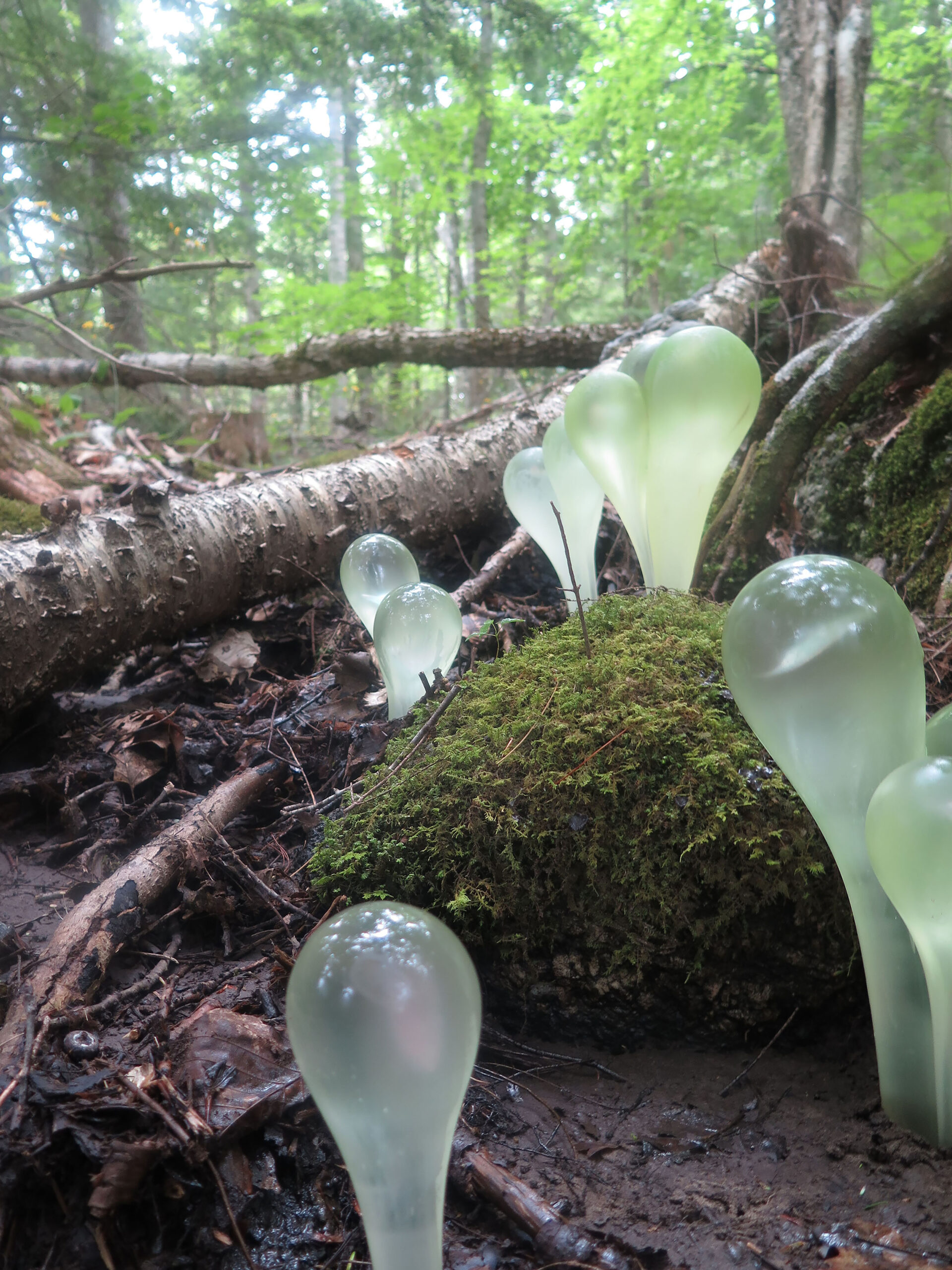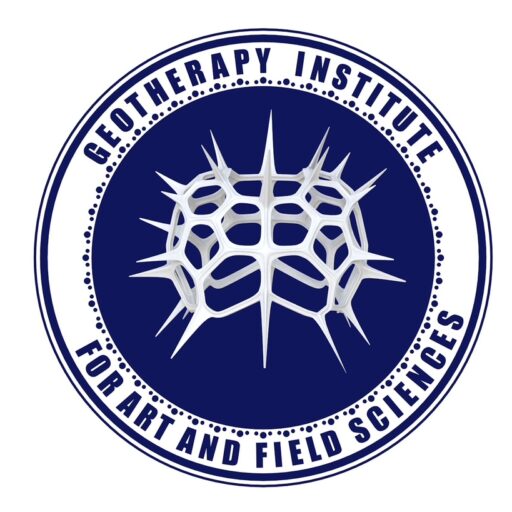Mission Statement for Geotherapy Institute for Art and Field Sciences:
The Geotherapy Institute for Art and Field Sciences was founded by international artist Mara G. Haseltine and launched in 2025 at United Nations Ocean Conference in France.
The mission of The Geotherapy Institute for Art and Field Sciences is to heal our shared planet through restoration. We lead global initiatives that integrate art and science to create prototype projects demonstrating a new era of bioethics—one rooted in collaborative stewardship and symbiotic relationships between humans and damaged ecosystems. Our ultimate aim is to help end the Sixth Mass Extinction.
Each of our projects is grounded in rigorous research and designed to serve as a global model for effective, approved methods of environmental remediation and restoration. Through art, open-source materials, and education, we seek to raise awareness and influence international environmental policy, promoting rehabilitation practices aligned with Earth’s natural biological processes, beginning with coral and oysters’ restoration designed by our Art Director and Founder Mara G. Haseltine.
Education and community engagement are central to our mission. Every restoration project includes an outreach program tailored to the region where it takes place. These programs empower Indigenous and local communities, nurturing a sense of global citizenship and fostering pride in becoming stewards of their land.
Ultimately, our goal is to create poetic, sustainable models of ecological healing—examples that are both scientifically vetted and emotionally resonant. By openly sharing our data and practices, we aim to lay the groundwork for global regulations that protect and restore the planet we all share.
Methodology:
Art attracts attention and has the capacity to capture the imagination and inspire both scientists and non-scientists to take responsibility in whatever way is available to them in essence to become global citizens that care for the planet.
Our methodology is to effect change locally by involving Indigenous, local communities and youth to engage with the science, materials and the ecology in each region coupled with powerful and unique restoration artwork. Through art and science, our vision is to mobilize action to heal the planet.
For example, art science restoration projects can repair ecologically damaged areas, making them examples of how remediation can and should be done while simultaneously acting as eco-art and tourist destinations. Hence a symbiotic relationship with nature will be established.
Three Phases:
To achieve our mission of establishing a shared global bioethic —a universal doctrine that embraces the notion that, if we as a species act now together, humans can repair the damage caused by anthropogenic activity — the Geotherapy Institute for Art and Field Sciences will work in three phases.
Phase One:
Field sites will be identified, and field researchers will collect data about these damaged sites. And research the history of the site in terms of its geology and ecology, and how humans have interacted with the site in both positive and negative ways. In addition, research into indigenous culture from each site will be researched and collected and integrated into the final design of the work. Like doctors healing a patient, Geotherapy researchers will create data-backed site-specific diagnoses and prescribe remedies to heal each site and will work with local inhabitants to create a symbiotic relationship with each site.
Phase Two:
Creation of a series of prototyped art projects based on the recommendations of each scientific team. These projects will function as restoration and remediation sites and become “earth works” that can inspire and galvanize the public to get involved in healing our injured ecosystems. In each of these site-specific works, the viewer will engage with work that creates a positive symbiotic loop between the artist and the living landscapes they inhabit. Each such work could be considered a “grand gesture” or homage to our diverse and living biosphere and our place as humans within it.
Phase Three:
Creation of peer reviewed open-source data with which we hope to inform international regulation of safe and effective restoration practices.
Above initial drawing depicting a novel design for a coral nursery the artist plans to implement in Cuba, integrating two coral restoration strategies.
It combines a Biorock structure that accretes calcium carbonate, forming a substrate three times stronger than concrete, with a coral sexual larval propagation technique that seeds star-shaped substrates with genetically robust, cross-fertilized coral gametes. The nursery would act as both a structure to affix the coral larval substrates with a structure that would also act as a wave attenuator protecting fragile shorelines. The design for the coral nursery, is inspired by the Distephanus boliviensis, a flat-bottomed unicellular phytoplankton, enabling it to drift gracefully and slowly through the photic zone and provide a stable environment for reef restoration. This artistic endeavor showcases a pioneering approach to coral conservation, blending scientific principles with sustainable materials to move away from traditional plastic or concrete methods.

Declaration for Geotherapy and Bioethics:
The following are the results of a panel discussion on May 17, 1991 at the Conference at Universite Claude Bernard in Lyons, France: Accelerating environmental degradation threatens the habitability of the biosphere. We believe that corrective action is possible and urgent.
- Our goal is long-term survival in an acceptably maintained ecosystem.
- We, as human beings, take full responsibility for our actions by not sacrificing natural resources for short term gains and by working to make the world a better living place.
- This choice will influence our biological and cultural evolution; we cannot avoid it without grave consequences.
- A global bio-ethic should further develop a guide and motivate geotherapy and our cultural evolution.
- A root problem is excessive demographic growth; the earth’s carrying capacity is being exceeded. With the present style patterns of development pollution of all kinds will increase as long as the population increases.
- We declare that scientists [people]* of all walks of life should adopt the aforementioned goals and participate in meeting at all levels to apply these principals.
*Suggestion from the artist Mara G. Haseltine change word scientist to all “people”
Citations & References:
- R. Grantham, 1992, Conference Report of the Lyon CNRS Colloquium on Modeling Geotherapy for Global Changes, Global Environmental Change, 2:66-67
- Grantham (1993) Reflections after the Lyon colloquium on Geotherapy and the Rio Earth Summit on Environment and Development, Global Bioethics, 6:1, 75-84
- V. R. Potter, 1990, Getting to the year 3000: Can global bioethics overcome evolution’s fatal flaw?, Perspectives in Biology and Medicine, 34:89-98
- Potter V.R. and Grantham 1992, Scientists Responsibility for the Survival of the Human Species, The Scientist 25 May, p 10 and 11
- Potter V.R. Bioethics,1971, Bridge to the Future, Englewood Cliffs, N.J., USA Prentice Hall p 24-27, p 107-117
- Link to Original Document for CNRS Confrence which coined the phrase Geotherapy Signed by Richard Grantham for 1991 in Lyon, FRANCE. http://www.soilcarbonalliance.org/2017/10/25/the-original-1991-geotherapy-proposal-to-reverse-global-climate-change/geotherapy_unced_1991/
NOTES:
The sixth Mass Extinction due do anthropogenic climate change has begun In fact on August 9th 2021 the United nations Secretary General Antonio Guterres offically announced after reviewing “The IPCC Working Group 1 Climate Report” we are now in a “CODE RED” situation in which discruptions due to anthropomorphic climate change threaten humanity’s existence . Humanity is now faced with the formidable task of reversing climate degradation on a global scale.
*During the United Nations Conference on the Paris Climate Accord in December 2015 or “COP21” all nations present voted to cap CO2 emissions at 1.5 degrees Celsius. That goal is nowhere within target which is why the need for international regulation is so urgent. Each of our projects will include a lead artist and scientist. Each team will collect data, test hypotheses, and publish peer-reviewed findings in an open source forum. Each project will be a prototype that can be modified and scaled up on a global scale. The scientific data that is collected, as well as the materials that are tested, will inform international regulation of sustainable restoration practices. Therefore, it is critical thatour field science and restoration methods are thoroughly tested before they are published. By generating prototype restoration projects, that outline best restoration practices, that can be replicated, our goal is to provide a wealth of usable knowledgethat will be translated into laws and regulations at a global scale.
The Paris Climate Accord or “COP21” was the result of nearly 30 years of UN Negotiations on climate change that began with the Kyoto Protocol in 1992 at Rio de Janeiro when the alarm bell about climate change was first rung on an international stage.
Link Origins and Meaning of the Word “Geotherapy”: https://en.wikipedia.org/wiki/Geotherapy.
